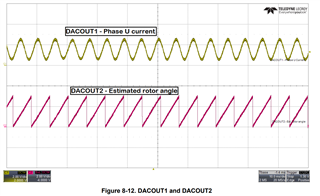Other Parts Discussed in Thread: MCT8316Z, MCF8316A, MCT8316A
Hello,
I am looking at MCF8315A for a potential application which requires position control. Can this part do it, provided the motor has three hall sensors built-in?
What I am struggling to understand is how the current position can be extracted and interpreted from the driver, and how to set where I want it to be.
Can someone help me out a bit on that, please? Thank you in advance


